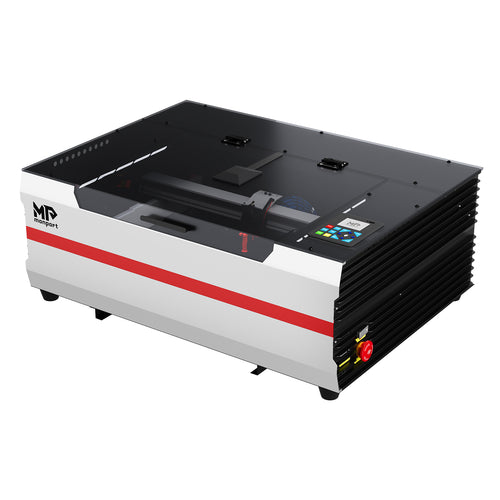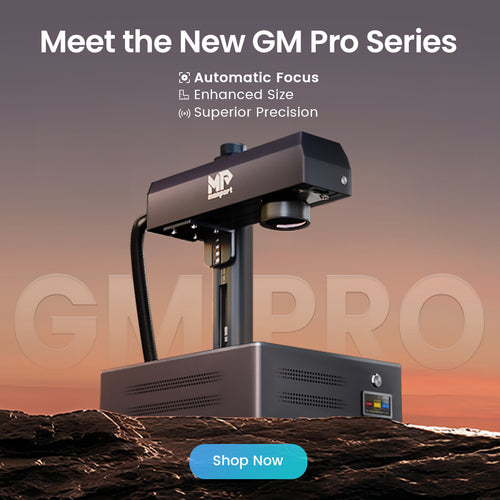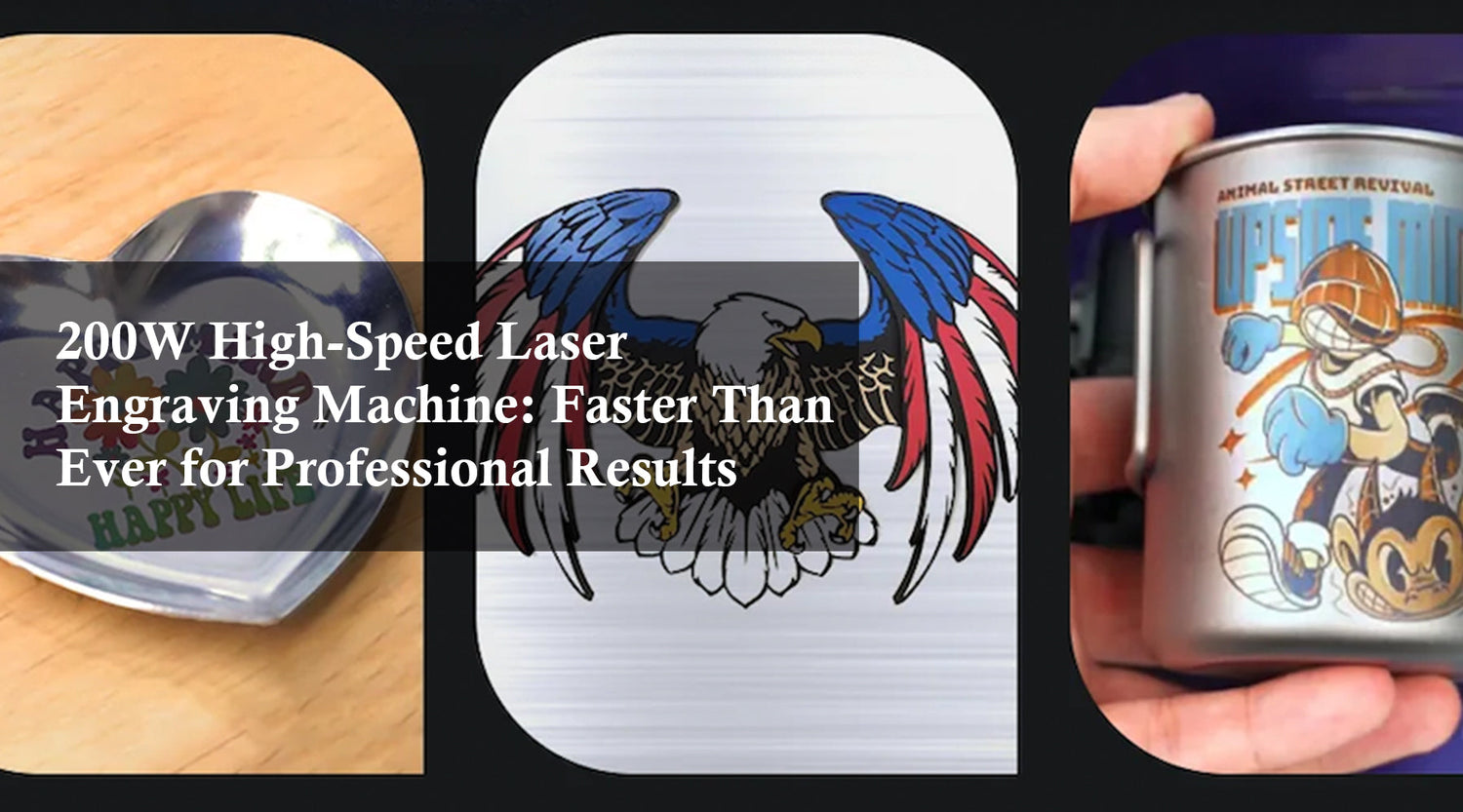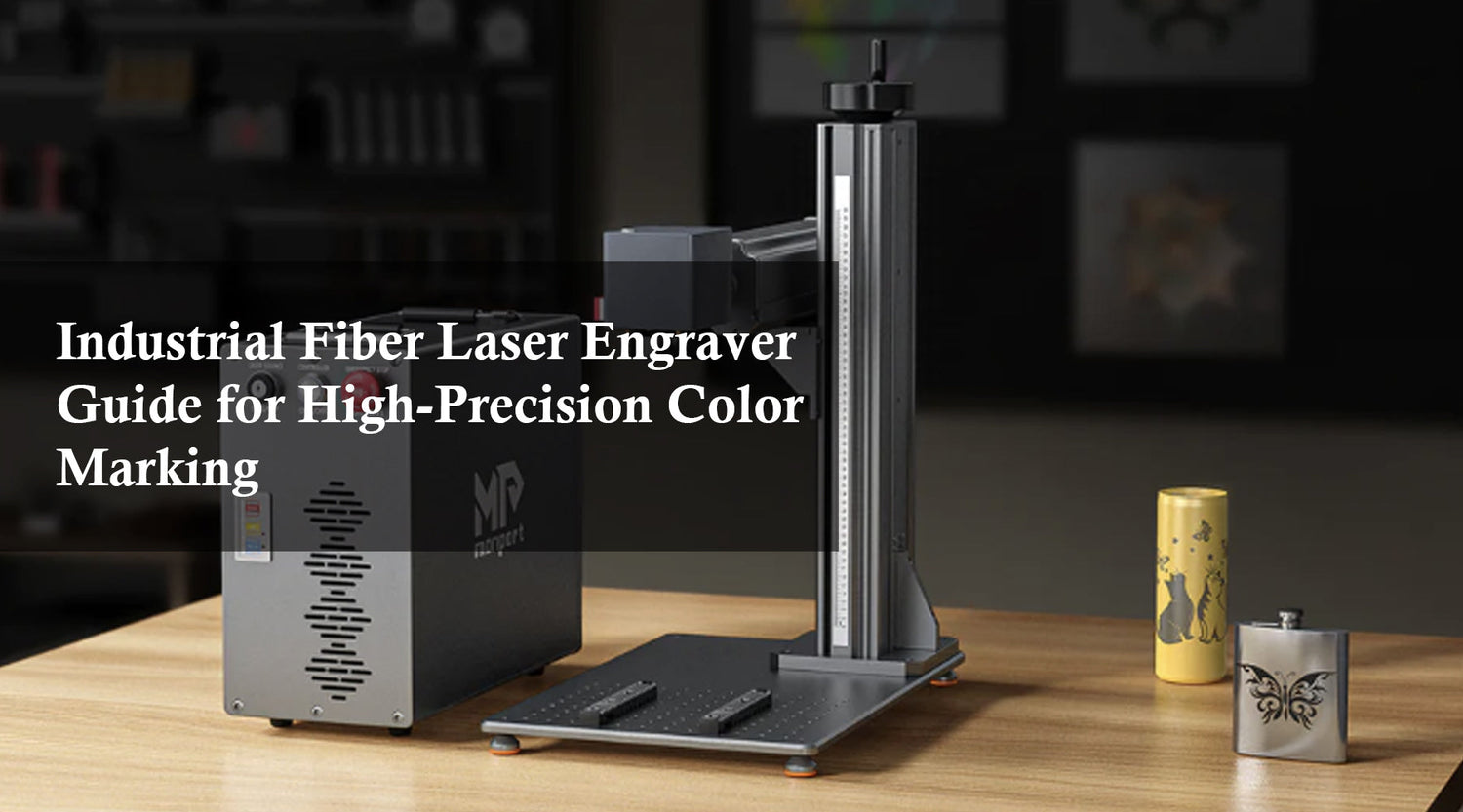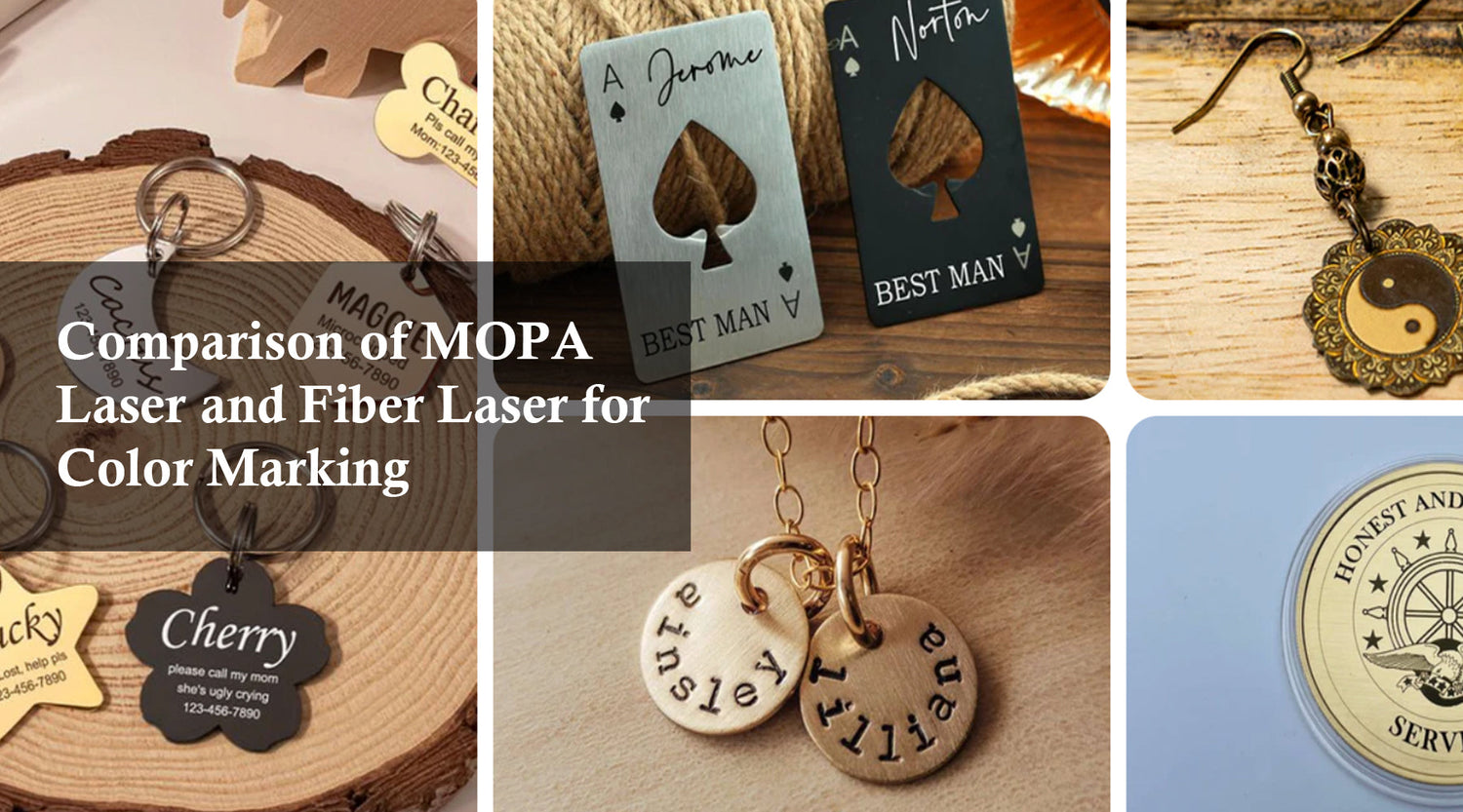Introduction to Laser Engraving on Glass
So you've got a laser engraving on glass setup or a rotary axis and an idea of what to do with it. Now what, how to laser engrave glass the right way? It's all well and good getting that first laser etching machine for glass and playing with it on simple materials, but you’ll soon realize that laser etching on glass is a different challenge altogether.
Glass reacts differently to heat, so laser engrave on glass work needs patience and the right process. You need something softer to practice at first, so don’t stress over your new equipment. Using a hobby setup is rarely productive if you’re serious about selling laser etched glass products. What you really need is a reliable engraver for glass that handles fragile surfaces with control. Laser marking on glass requires finesse, not brute force. Can you laser engrave glass effectively? Absolutely, with preparation.
Read More: Mastering Glassware Engraving: A Comprehensive Machine Guide

What Is Laser Glass Engraving

Laser glass engraving is a process where a focused beam heats the surface and creates a frosted or etched look. This is also known as glass laser etching or laser etching glass, and the result is permanent. A well-made piece of laser etched glass can be seen clearly from both sides.
Many people ask if they can laser engrave glass at home. The answer is yes, especially for small items and gifts. With the right glass engraving laser, you can personalize wine glasses, awards, photo frames, bowls, and decorative items. Laser engraving on glass is beginner-friendly when settings are done correctly and expectations are realistic.
Types of Lasers Used for Glass Etching
There are two common options for laser engraving glass: CO₂ lasers and fiber lasers. CO₂ systems are the most popular laser etcher for glass because they work naturally with non-metal materials. Fiber machines can do laser marking on glass, but they are more complex and expensive.
A CO₂ glass etching laser is often recommended for beginners because it’s forgiving and easier to dial in. Fiber systems can work for laser engrave glass projects, but they usually require coatings or sprays. Both can produce clean laser etching on glass results when used correctly.
How Do You Etch Glass with a Laser Etching Machine

You don’t need advanced skills to start laser engraving for glass. With basic setup and testing, anyone can create professional-looking laser etched glass items. Whether it’s wedding glassware or branded drinkware, laser engraving on glass adds personality and value.
Before learning advanced designs, it’s important to understand how to laser etch glass safely and consistently. Good results come from preparation, patience, and correct settings.
Clean the Glass Properly

Before starting any laser engraving glass project, clean the surface thoroughly. Oils, fingerprints, and dust can affect glass laser etching quality. Mild soap or dishwashing liquid works well. Always dry the surface completely before placing it in your laser etching machine for glass.
A clean surface leads to sharper laser engraving on glass and fewer inconsistencies.
Masking Tape or Painter’s Tape
Masking helps protect areas you don’t want etched and improves contrast in some laser etching on glass jobs. Apply painter’s tape evenly and trim excess edges. This technique is commonly used in laser glass etching, especially for curved or detailed designs.
Using tape also reduces mistakes during laser marking on glass, which is important when working on custom or expensive pieces.
Use the Right Laser Settings

Correct settings are the heart of successful laser engraving glass work. Start with low power and gradually increase. Too much power can crack the glass, while too little gives weak results. A good engraver for glass allows precise control.
When learning how to laser engrave glass, always test on scrap glass first. Fine-tuning speed and power improves clarity and reduces stress fractures. Proper adjustment is essential for consistent laser etching glass outcomes.
Finishing Touches After Etching
After you laser etch glass, polishing helps smooth rough areas. This step enhances the look of laser engraved glass and improves durability. A light polish can restore clarity without removing the etched design.
Adding a protective coating helps preserve laser engraving on glass for long-term use. UV resin or acrylic varnish works well, especially for decorative or outdoor items.
Laser Etched Wine Glasses with a Rotary Axis
A rotary axis is essential for cylindrical projects like wine glasses. It allows smooth rotation while the laser engrave glass process stays aligned. This setup is standard for professional laser engraving glass work.
Installing a rotary on Monport machines is straightforward. CO₂ systems are especially effective for laser engraving on glassware, delivering even depth and clean finishes. Proper alignment ensures consistent glass etching laser results on curved surfaces.
Why Monport Works Well for Glass Engraving
Monport CO₂ machines are designed for consistent laser engraving for glass. Features like adjustable beds, rotary compatibility, and stable power output make them reliable for laser etching on glass projects of all sizes.
Whether you’re doing small gifts or production runs, a dependable laser etcher for glass helps maintain quality and efficiency. Make your move today, visit Monport, and don’t forget to use BESTMP10 at checkout to claim your special offer. Your next best-selling product line could be just one laser cut away. Click here!
FAQs
1. Can you laser engrave glass without cracking it
Yes. Using low power, proper speed, and gradual passes helps prevent cracks during laser engraving on glass.
2. What is the best laser for glass engraving
A CO₂ glass engraving laser is generally the best option for beginners and professionals working with glass.
3. Is laser etched glass dishwasher safe
Most laser etched glass is dishwasher safe, but hand washing helps preserve clarity over time.
4. Do I need special software for laser engraving glass
Common software like LightBurn works well for laser engraving glass and offers precise control.
5. Can fiber lasers engrave glass
Fiber lasers can do laser marking on glass, but CO₂ machines are easier for direct engraving.
Conclusion
Laser glass etching opens up endless possibilities for custom products, gifts, and décor. With a reliable laser etching machine for glass, consistent settings, and practice, professional results are achievable. Whether you’re learning how to laser engrave glass or expanding a business, the right tools make all the difference.
With patience and proper setup, your laser engraving on glass projects can reach a high-quality finish that customers appreciate. Unlock Big Savings at Monport Laser! Use code BESTMP10 at checkout for an exclusive discount – Click here to shop now!





